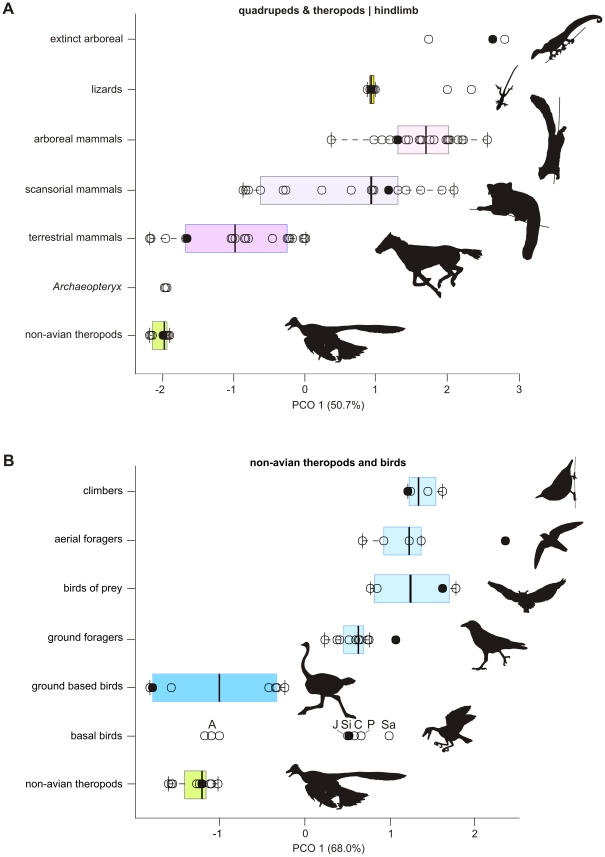Figure 2. Box-plots of the first principal coordinate axis of discrete locomotory traits.
(A) are extant quadrupedal mammals and reptiles compared to non-avian theropods and (B) extant birds to non-avian theropods and Mesozoic birds. PCO values are calculated in Euclidean. Note that non-avian theropods and Archaeopteryx cluster with terrestrial taxa at the extreme left of the graphs and have no overlap with scansorial or arboreal mammals and reptiles nor perching birds. The arboreal and scansorial chameleons are plotted to the right of the scansorial lizards. The variance explained by each PCO axis is given in parentheses after each axis label. Basal birds are labelled as: Archaeopteryx, A; Confuciusornis, C; Jeholornis, J; Pengornis, P; Sapeornis, Sa; Sinornis, Si. The filled circles represent positions for figured taxa. In (A), non-avian theropods = Microraptor zhaoianus, terrestrial = horse (Equus), scansorial = Red Panda (Ailurus filgens), arboreal = Grey Squirrel (Sciurus carolinensis), scansorial lizards – Anolis carolinensis, fossil arboreal – Megalancosaurus. In (B) non-avian theropods = Microraptor zhaoianus, basal birds = Sinornis santensis, ground based birds = Ostrich (Struthio camelus), ground foragers = Common Raven (Corvus corax), birds of prey = Great Horned Owl (Bubo virginianus), aerial foragers = Chimney Swift (Chaetura pelagica), climbers = Eurasian Nuthatch (Sitta europaea). Silhouettes of Microrapor and Sinornis are based on Hu and colleagues [27] and Sereno and Rao [33], respectively. Silhouettes are not to scale. [planned for page width].

